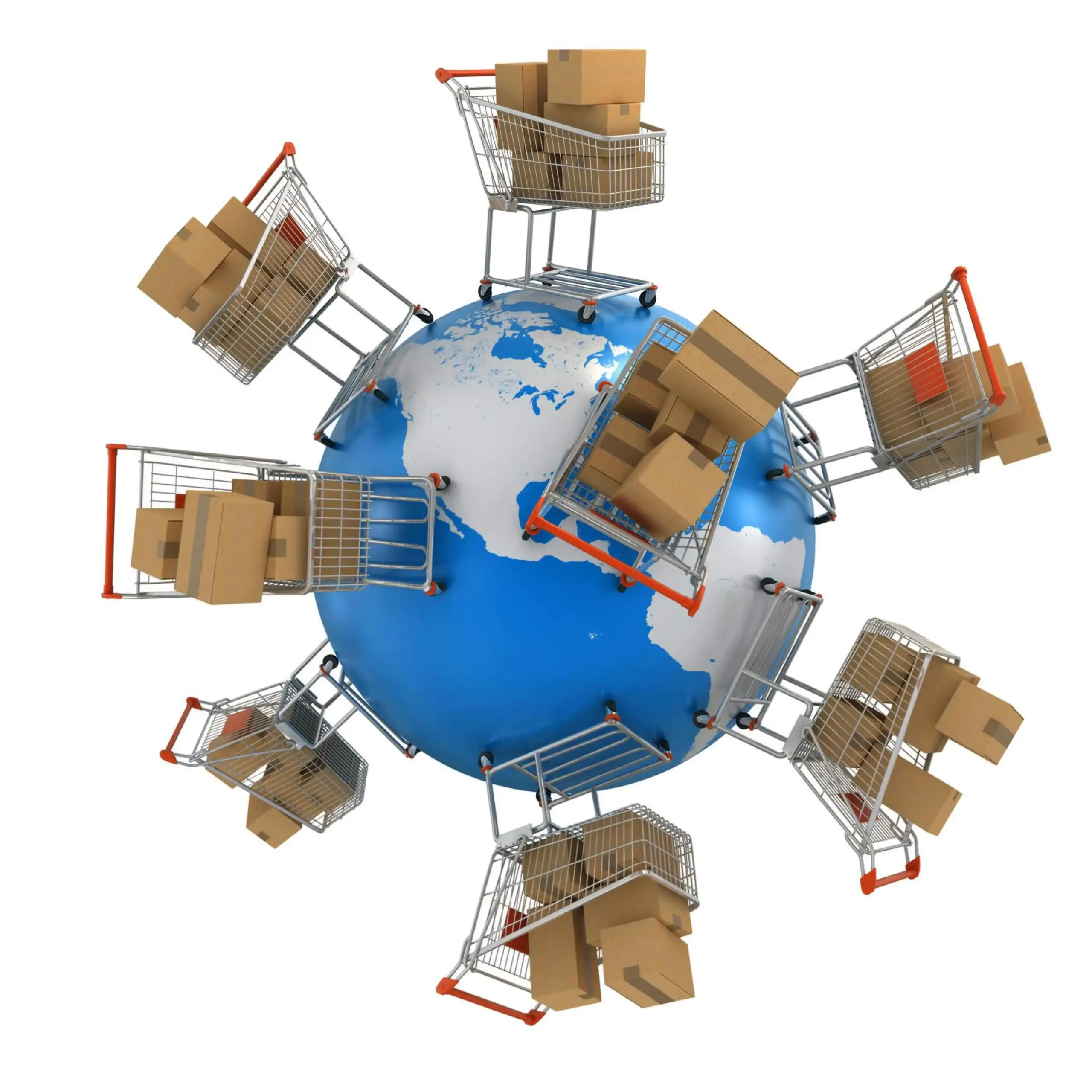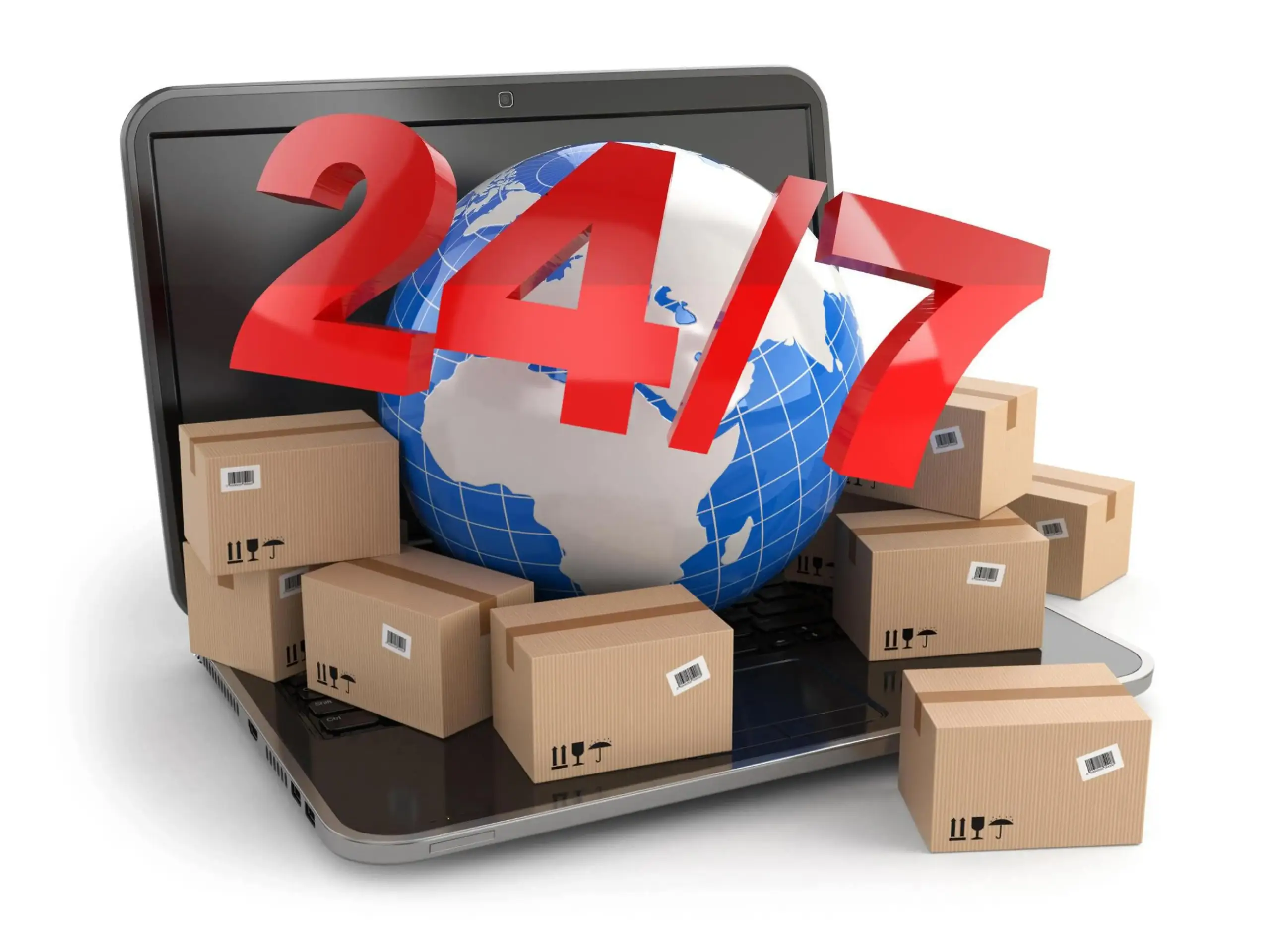Selling Internationally on Shopify
Shopify makes it easy for anyone to start selling their products online to customers around the world. With just a few settings adjustments, you can expand your e-commerce business beyond your home country and access new buyers globally.
Expanding your Reach Selling Internationally on Shopify
Growth Opportunity Selling Internationally on Shopify opens a door to rolling in money for e-commerce businesses that are prepared to expand globally. Due to the ever-increasing demand for online shopping, reaching international audiences becomes a vital step to grow sustainably. Leveraging Shopify’s robust platform, merchants can overcome all obstacles to selling across borders.
They can cope with multi-currencies and languages, and handle international shipping and customs regulations. With such a tactic, companies can not only extend their range but also different forms of earnings, establishing them in the modern world of competitive electronic commerce. At just the right time and with the help of a toolset provided by Shopify, entrepreneurs are enabled to make the most of all kinds of international selling, and their success and profitability can only increase.

What Can I Sell on Shopify?
The great thing about Shopify is that you can sell just about any physical product imaginable on the platform. From handmade crafts to manufactured goods, Shopify supports it all. Here are some of the most popular products sold through Shopify stores:
- Apparel – shirts, pants, dresses, etc.
- Accessories – hats, bags, jewelry, sunglasses
- Home goods – art, furniture, decor
- Printables – digital downloads, planners, calendars
- Beauty products – makeup, skincare, hair care
- Food items – spices, baked goods, candy
You can also sell services through Shopify by using digital products such as courses, memberships, and software. The options are truly endless! As long as there is consumer demand for what you want to offer, you can build a business around it on Shopify.
Why Sell Internationally?
Expanding your Shopify store’s reach beyond your home country provides tons of benefits:
Access to New Customers
There are over 7 billion people in the world. Selling only to customers in your home country limits your potential market significantly. Shopify makes it easy to get your products in front of buyers globally. With the ability to transact in multiple currencies and languages, you can tap into whole new demographics.
More Sales and Revenue
With an expanded customer base comes the opportunity for more sales and revenue. Instead of relying solely on domestic buyers, you now have international customers adding to your bottom line. More customers and more orders mean more money coming in.
Diversify Your Income
Relying on customers from just one country also concentrates your income source. By diversifying your customer base across multiple countries, you spread out your income stream. This makes your business less susceptible to fluctuations from any single country’s economic conditions.
Improve Operations and Costs
Operating globally unlocks opportunities to improve operational efficiencies and lower costs. You can source materials, labor, and other inputs from abroad to help maximize profit margins. The ability to shop globally can provide big savings.
Prepare for the Future
The internet and e-commerce are only growing more global. Consumers increasingly expect to be able to sell internationally on Shopify products from anywhere in the world. Getting a head start on selling internationally positions you for long-term success in the evolving online retail landscape.
How to Sell Internationally on Shopify 24/7
Selling internationally on Shopify globally through your Shopify store is easy to set up. Here are the key steps to take:

1. Turn on International Selling
The first step is the easiest. Simply go to your Shopify admin settings and toggle on the “Enable international selling” option. This opens up everything you need to expand globally.
2. Set Your Country and Currency
Next, set the default country and currency for your Shopify store. This should be your home country and currency. For example, if you are based in the USA, you would set the country to the United States and the currency to USD.
3. Add Languages
One of the biggest parts of going global is offering your store in multiple languages. Shopify allows you to create translated versions of your store in any language. At a minimum, create translations for languages spoken in your top target export countries.
4. Input Tax and Shipping Rates
Calculate taxes and shipping rates for each country you plan to sell to. Use Shopify’s built-in tools or integrate external apps to configure taxes and shipping. Offering accurate rates upfront saves customer confusion at checkout.
5. Review Payment Providers
Shopify allows multiple payment gateways to be configured. Review that you have payment providers set up that support all the currencies/countries you are targeting. Most major providers like Stripe and PayPal offer global payment processing.
6. Market Internationally
Once your store is set up for international transactions, focus on marketing to your new target countries. Run localized ad campaigns, optimize for international SEO, partner with influencers abroad, and look for new sales channels outside your home country. Marketing globally requires localization, but opening up that worldwide market is well worth the extra effort.
FAQs About International Selling on Shopify
How do I ship internationally on Shopify?
You can ship internationally on Shopify in a few different ways:
- Utilize a global carrier like UPS, DHL, or FedEx to handle your international shipping.
- Work with a freight forwarder who can help with logistics.
- Partner with a fulfillment service that offers international order fulfillment.
- Use Shopify’s built-in integration with Oberlo to access discounted international shipping rates.
Be sure to factor duties, customs, and tracking into your international shipping services. Provide estimated delivery times and shipping costs upfront during checkout.
Do I need to pay taxes on international sales?
If you are selling to customers in countries that have a sales tax or VAT, yes you need to build those country-specific taxes into your product pricing. Use Shopify’s tax tools to automatically calculate international taxes. Most countries require businesses to collect and remit taxes on any sales to their residents. Keep careful accounting of all your global tax liabilities.
How do I price products in multiple currencies?
Shopify allows you to easily price your products in multiple currencies. You can manually convert pricing for each product/variant or use Shopify’s bulk editor tool. For automatic currency conversions, you can install an app like AutoCurrency. This will save time converting prices across all of your product catalogs.
Do I need to register my business in every country?
Typically no, although you may need to register for tax collection purposes in some countries. Speak with an accountant knowledgeable in international commerce laws. As a general rule, you do not need to formally register your business when simply exporting products as an online retailer. Importing and having an on-the-ground physical presence are different – check regulations for each country before expanding operations.
How do I offer multiple languages in my store?
Shopify provides built-in tools to create translated, multi-language storefronts. Use the “Language translator” in your Shopify admin to add any languages you need. Translate product descriptions, site pages, and other content. You can order translations or use apps like Loox to translate your store. Offering a localized experience to global shoppers is key.
Selling Internationally Opens Up New Horizons
Selling internationally on Shopify enables Shopify merchants to take their business to the next level. Accessing buyers across the world provides opportunities for growth beyond your home market. With some strategic translation and localization, you can present your products to a global audience.
The process of expanding internationally may seem daunting, but Shopify’s tools streamline most of the complexity. Turning on global sales capabilities only takes a click. Converting prices and taxes also utilizes automation to make it feasible for any sized business. Start selling in new countries today to realize the many benefits of becoming a global e-commerce retailer.



